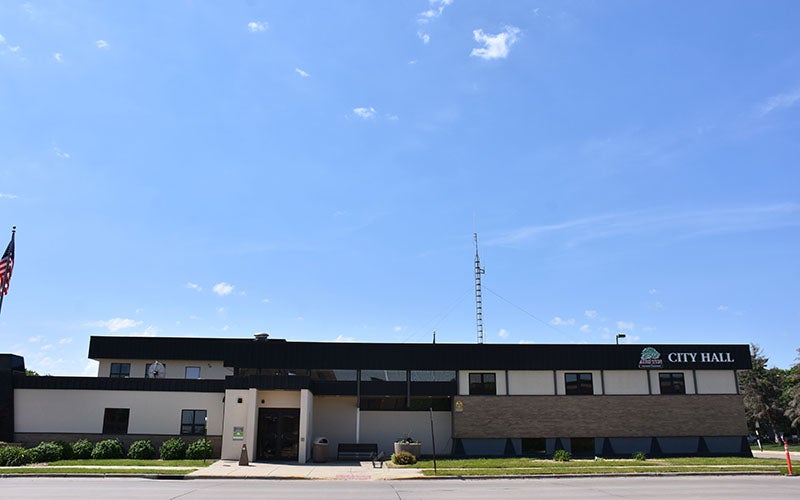CRWD looks to technology to combat flooding
Published 8:52 am Thursday, November 18, 2010
The Cedar River Watershed District approved a motion Wednesday to use no more than $40,000 to combat flooding in the county.
Members of the CRWD focused heavily on the use of computer modeling to map out and solve water-flow issues near Austin at their monthly meeting Wednesday night.
Studies of flooding near 250th Street in Red Rock Township had been underway for a while, and now Barr Engineering of Minneapolis has completed models of three separate scenarios that would keep water from washing out the road.
By doubling culvert capacity, raising the road or raising the road and reducing the culvert capacity, flooding could be effectively controlled with any of these scenarios.
Steve Klein, vice president of Barr, suggested raising the road only.
“By raising it about two feet, there is a huge reduction in flow,” he said. “That’s what we believe is the best for the township and for you … It gives the most bang for the buck.”
The only negative effect that Klein noted was the impact on farmlands; but he said it would be minimal, only increasing the time that water would sit on farmland by about 2.9 hours during a major flood. He added that the locations and amount of land actually affected would also be minimal.
To further the project, the CRWD and public need to reach a consensus.
Although the change in water flow near Red Rock will have minimal effect on downstream areas, the computer-modeling process is something the CRWD wants to use for the entire Cedar River Watershed.
Though the CRWD approved the $40,000 start-up costs, the entire project (installation, mapping and recording data on the watershed) will cost $114,000, but those funds are already in place, according to CRWD Administrator Bev Nordby. It is anticipated that everything will be complete in 2012; however, the entire project has yet to be approved.
Klein added that it’s important to have a model of the entire watershed because there needs to be something concrete to show landowners and the public if river/lake changes must be made. It may also help when funds are needed from the government because the likelihood of future events can be shown on paper.
CRWD members noted that it’s also necessary to have that information to be legit and avoid legal trouble.
“At the city level, anytime you think you’re an engineer, you’ve just made a big mistake,” said Mike Jones, one of the CRWD board managers. “You can’t spend enough money (on professional resources) to beat mother nature at her little game.”
But before the CRWD uses any of that technology to start making changes to rivers, it will need to have its rules in place. As of now, a few of its members are preparing a draft to be viewed by its advisory committee. The draft will have to go through several more critiques, but everything should be in place by March 16, 2011.





